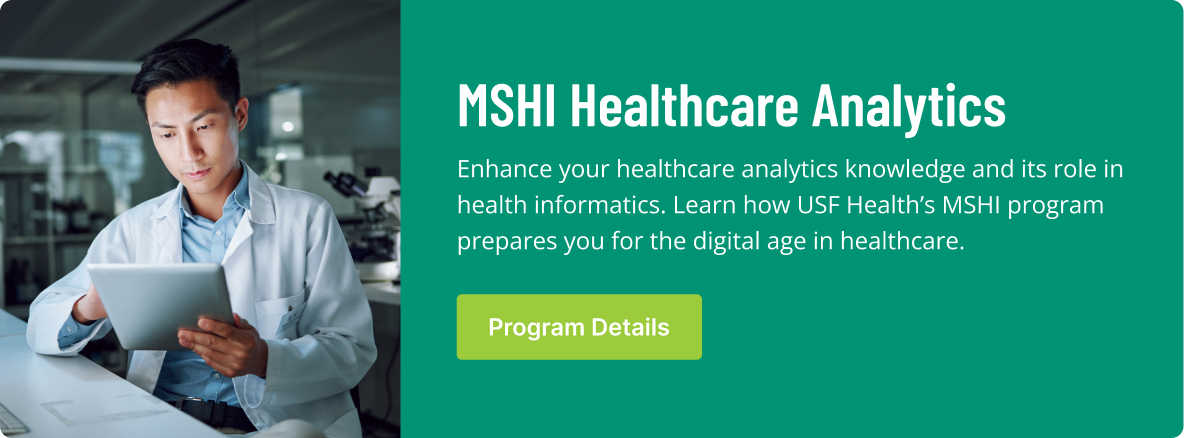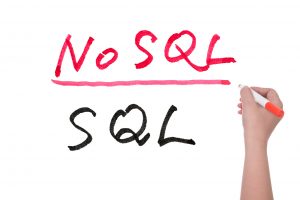Organizations across all industries are increasingly relying on data-driven decision-making to shape their business processes. The healthcare sector is no exception to that trend, as value-based care, decision optimization, inventory management and even clinical trials are all being implemented according to the conclusions reached by the data analysts. But once they have their findings, where do they go from there?
Prescriptive analytics can often provide the answer. Building on the insights gained through descriptive analytics and the subsequent forecasts delivered by predictive analytics, prescriptive analytics seeks to understand multiple scenarios. It evaluates each outcome, optimizes them according to business goals and enables analysists to recommend an actionable plan.
Its tools consist of advanced machine learning algorithms, artificial intelligence and cloud data architecture that’s mature enough for the massive computations involved. With these prerequisites in place, prescriptive analytics can improve the healthcare industry in a myriad of ways.
What is Prescriptive Analytics?
To understand how prescriptive analytics can benefit the healthcare industry, it helps to know what sets it apart from other types of analytics. While some experts classify them differently, the primary branches of analytics include:
- Descriptive analytics: which seeks to answer how something happened.
- Diagnostic analytics: which seeks to answer why something happened (sometimes combined with descriptive analytics).
- Predictive analytics: which seeks to answer if something will happen again.
- Prescriptive analytics: which seeks to answer how a company should respond.
The distinguishing feature of prescriptive analytics is that it goes beyond the findings of descriptive, diagnostic and predictive analytics to formulate a plan. Rather than simply projecting future outcomes as predictive analytics does, prescriptive analytics manipulates one or more inputs to evaluate the conditions of multiple outputs and then delivers recommendations as to how to reach the most optimal outcome. Put simply, descriptive and diagnostic analytics asks “What?” and “Why?” and predictive analytics asks “What next?” but prescriptive analytics asks “What should we do about it?”
Applications of Prescriptive Analytics
The nature of prescriptive analytics makes it a solutions-oriented branch of the field, and some experts have referred to it as the future of data analytics. Its results-driven approach is what gives it so many applications within several industries, including the healthcare sector. A review of them all would vastly exceed the scope of this article, but these are a few of the most helpful applications seen thus far.
From Volume to Value
Ever since the Affordable Care Act was signed into law in 2010, the American healthcare infrastructure has been shifting away from volume-based models of care delivery toward value-based models. The former describes a system characterized by the number of tests or other services that could be billed, while the latter describes a system that assesses its performance based on positive health outcomes over profitability.
One of the greatest benefits of prescriptive analytics to value-based care models is its ability to facilitate precision medicine. By factoring in a patient’s genetic predispositions, environment and lifestyle, computational models can be generated, which assist clinicians in creating treatment plans that are tailored to each individual patient’s needs. This helps avoid the adverse consequences of a “one size fits all” approach to medicine and achieves the improved patient health outcomes that define our modern value-based care delivery system.
Decision Optimization
As essential as improved patient health outcomes are, the healthcare industry is still in need of logistical and operational improvements to function at its best. Inventory shortages, lengthy patient wait times and understaffing are just a few operational inefficiencies that bog healthcare organizations down, and failure to address these challenges can hinder patient care.
The decision optimization algorithms used by prescriptive analytics can go a long way toward mitigating many of these inefficiencies, as researchers at IBM have found. Some of the ways they’ve suggested this technology can improve healthcare operations include:
- Creating mathematical models designed to reduce referral times at a psychiatric facility so that more patients can get the care they need.
- Applying an optimization model to transport data for a hospital with geographically distributed facilities, resulting in better punctuality, reduced wait times and carriers that walk 33% less per day.
- Launching logistics software to assess where the best support facility locations should be placed
- Deploying scheduling and planning solutions to ensure lower nurse-to-patient ratios, smoother transitions to home health settings, available beds and more.
Whether it’s ensuring adequate capacity and staff ratios or reducing emergency response times and referral delays, providing quality healthcare comes with a host of logistical challenges. The decision optimization capabilities of prescriptive analytics can help healthcare organizations address these challenges, boosting efficiency, profitability and ultimately, patient care.
Inventory Management
Another use of prescriptive analytics is in the healthcare inventory management sector. This branch of healthcare ensures that the medications and equipment needed for each patient’s care are always present in adequate quantities. That makes it essential to both value-based care and high operational efficiency.
By implementing automated dispensing cabinets (ADCs) with prescriptive analytics capabilities into their infrastructure, inventory management systems can develop better plans for how they can keep their facilities stocked.
A study of how one hospital leveraged prescriptive analytics to optimize its ADC use revealed that decreased stockout percentages, reduced pharmacy technician labor and improved medication turnaround times were a few of the benefits that a hospital could gain.
Begin Your Path Toward Prescriptive Analytics with USF Health
These are just a few of the ways that prescriptive analytics can benefit the healthcare industry, and more may arise as technological innovation progresses.
USF Health’s Morsani College of Medicine offers an online Master of Science in Health Informatics (MSHI) and MSHI Healthcare Analytics program designed to help prepare students for success in the healthcare industry. The degree programs are accredited by the Commission on Accreditation for Health Informatics and Information Management Education (CAHIIM).




